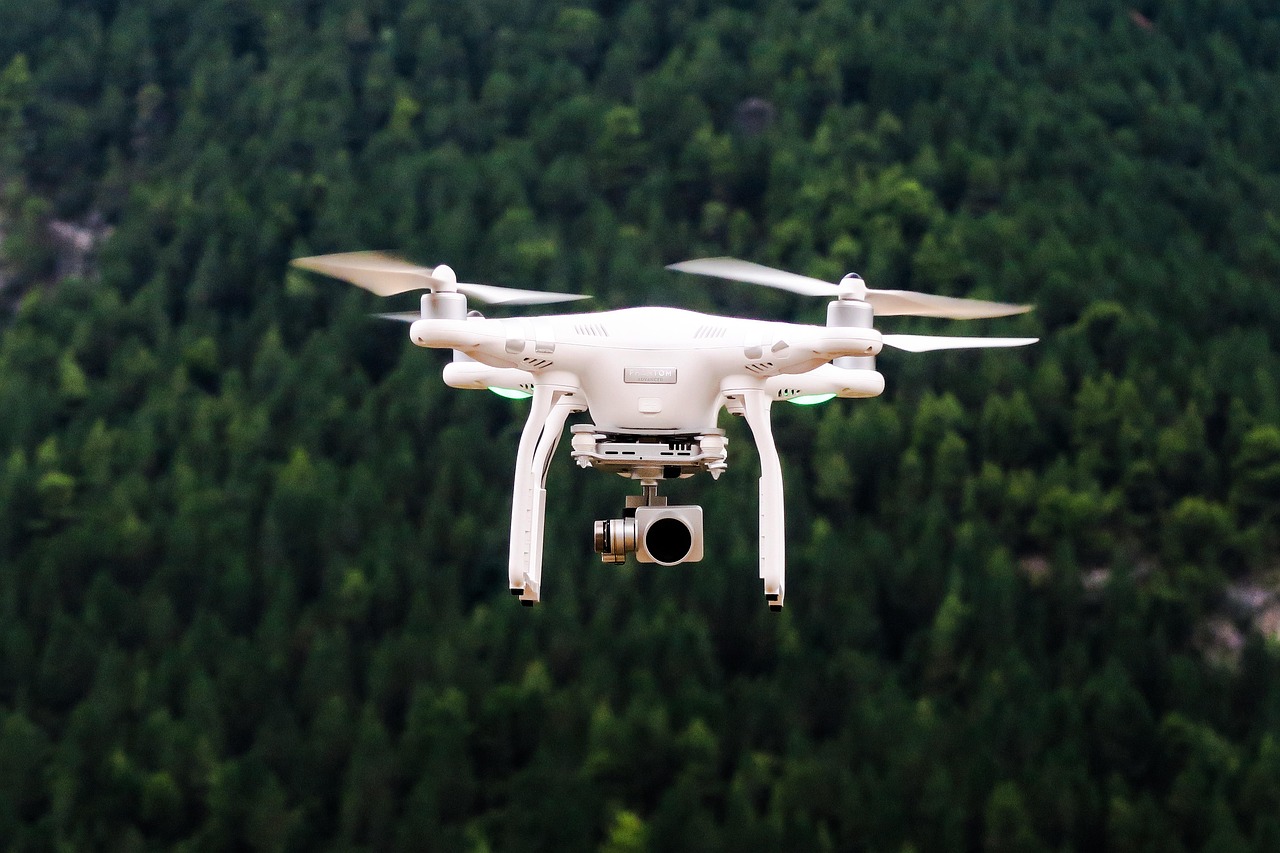Navigating the Path to Professional Drone Pilot Certification
Mastering drone skills can open new possibilities for enthusiasts and professionals alike. Professional drone training offers structured guidance, practical exercises, and insights to help you operate drones confidently and understand best practices for safe and responsible flying.

The world of commercial drone operations has expanded dramatically in recent years, creating significant opportunities for properly trained pilots. From aerial photography and infrastructure inspection to agricultural monitoring and emergency response, organizations across diverse sectors are integrating drone technology into their operations. However, operating these sophisticated unmanned aircraft systems (UAS) requires specialized knowledge and certification, particularly for commercial purposes. Professional drone pilot training programs provide the foundation needed to safely, legally, and effectively operate drones in various professional contexts.
Understanding Commercial Drone Certification Programs
Commercial drone certification programs are designed to prepare pilots for the regulatory requirements established by aviation authorities. In the United States, the Federal Aviation Administration (FAA) requires commercial drone operators to obtain a Remote Pilot Certificate by passing the Part 107 knowledge exam. Comprehensive certification programs typically cover the aeronautical knowledge needed to pass this test, including airspace classifications, weather patterns, drone regulations, and operational procedures.
These programs often extend beyond just test preparation to include hands-on flight training with various drone models. Many certification pathways offer tiered learning approaches, from basic certification to specialized endorsements for particular industries like precision agriculture, infrastructure inspection, or aerial cinematography. The most effective programs combine theoretical knowledge with practical application, ensuring graduates are not only certified but genuinely competent in real-world scenarios.
Essential Components of Drone Flight Safety Training
Safety forms the cornerstone of professional drone operation. Comprehensive drone flight safety training encompasses several critical elements, beginning with pre-flight planning and risk assessment. Students learn to conduct thorough site surveys, identify potential hazards, and develop mitigation strategies before ever launching their aircraft.
Emergency procedures constitute another vital component of safety training. Pilots must know how to respond to various scenarios, including loss of GPS signal, battery failures, or unexpected weather changes. Many programs utilize flight simulators to safely practice emergency responses before encountering them in actual flight situations.
Maintenance training is equally important for flight safety. Understanding how to properly inspect, maintain, and repair drone equipment helps prevent mechanical failures during operation. This includes battery management protocols, propeller inspections, and electronic systems checks that should become second nature to professional pilots.
Selecting Professional Drone Training Courses
When evaluating professional drone training courses, prospective students should consider several factors to ensure they receive quality education. Instructor qualifications represent a primary consideration—the best programs employ instructors with extensive flight experience, teaching credentials, and industry-specific expertise. Researching instructor backgrounds can provide insight into the practical value of the training.
Curriculum comprehensiveness varies significantly between programs. Top-tier courses offer a balance of classroom instruction, simulator practice, and supervised flight hours. The curriculum should cover not only basic flight skills but also advanced maneuvers, specialized applications, and business aspects of drone operations if relevant to your career goals.
Industry recognition and accreditation can significantly impact the value of your training. Some programs offer credentials recognized by industry associations or have partnerships with major drone manufacturers. These connections often translate to better job opportunities and networking possibilities after completion.
Drone Training Program Comparison
To help prospective drone pilots make informed decisions, below is a comparison of several established drone training providers in the United States:
| Training Provider | Program Features | Certification Offered | Cost Estimation |
|---|---|---|---|
| DARTdrones | In-person and online courses, industry-specific training | Part 107 Preparation, Advanced Pilot Certification | $1,200-$3,500 |
| Drone Pilot Ground School | Comprehensive online course, test prep materials | Part 107 Certification Preparation | $299-$799 |
| UAV Coach | Online and in-person flight training, industry workshops | Part 107 Certification, Hands-on Flight Training | $400-$2,000 |
| Embry-Riddle Aeronautical University | College-level courses, professional development | UAS Certificates, Degree Programs | $1,500-$6,000+ |
| Remote Pilot 101 | Self-paced online training, lifetime updates | Part 107 Test Preparation | $149-$399 |
Prices, rates, or cost estimates mentioned in this article are based on the latest available information but may change over time. Independent research is advised before making financial decisions.
Career Opportunities After Drone Training
Completing professional drone training opens doors to diverse career paths across multiple industries. The construction and infrastructure sectors employ drone pilots for site surveys, progress monitoring, and inspection of structures that would otherwise be difficult or dangerous to access. These roles typically require specialized training in photogrammetry and 3D modeling software.
The film and media industry continues to expand its use of drones for aerial cinematography. Pilots with artistic vision and precise flight control can find opportunities with production companies, advertising agencies, and media outlets. Additional certifications in cinematography techniques often complement drone piloting skills in this field.
Emergency services represent another growing sector for drone operations. Search and rescue teams, fire departments, and disaster response organizations utilize drones for situational awareness and reconnaissance. Training programs focused on these applications often include thermal imaging interpretation and emergency response protocols.
Agriculture has embraced drone technology for crop monitoring, precision application of treatments, and yield estimation. Pilots working in this sector typically need additional training in agricultural science and specialized mapping software to interpret the data collected during flights.
The skills acquired through professional drone training are increasingly transferable across industries, allowing pilots to adapt to market demands and technological advancements. Many successful drone pilots eventually establish their own service businesses or consulting practices after gaining experience in corporate or government settings.
As drone technology continues to evolve and applications expand, properly trained and certified pilots will remain in demand across the commercial landscape. Professional training not only provides the technical skills and legal credentials necessary for operation but also establishes the foundation for a sustainable career in this dynamic field.




